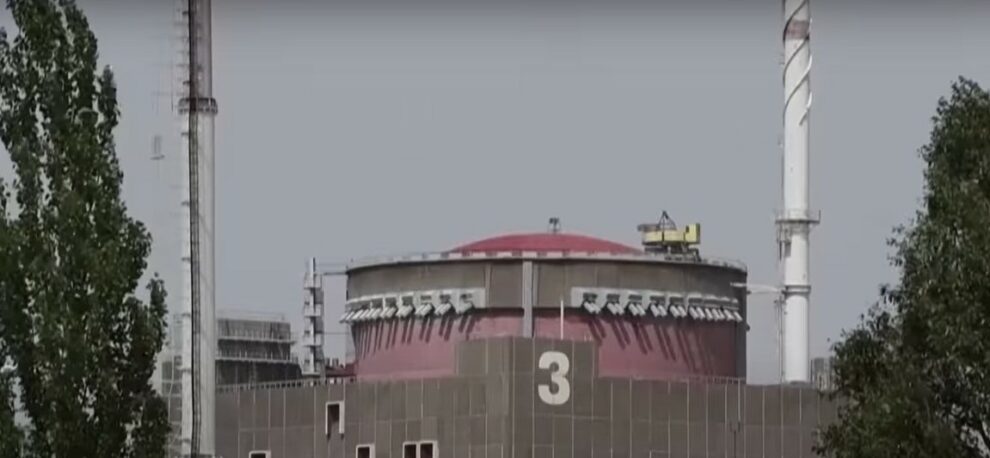The Russian-occupied Zaporizhzhia nuclear power plant in southern Ukraine is on high alert with Kyiv and Moscow this week accusing each other of planning a covert attack.
The UN nuclear watchdog, the International Atomic Energy Agency (IAEA), has repeatedly warned of the risks of a radioactive disaster because of fighting around Europe’s largest nuclear plant.
On Wednesday, the agency called for additional access to “confirm the absence of mines or explosives at the site”.
Two experts tell AFP what are the risks to the site.
Taken over by Moscow on March 4, 2022, in the early days of the invasion, the plant has seen multiple safety threats, including frequent shelling near the site, repeated power cuts and Ukrainian staff under pressure.
This week, the Ukrainian military claimed that “external objects similar to explosive devices were placed on the outer roof of the third and fourth reactors” at the site.
Kyiv called for “immediate action” from the international community. On Thursday, a Ukraine army spokeswoman said “tension” around the plant was “gradually decreasing”.
In Russia, in turn, authorities have claimed Kyiv was plotting an act of “sabotage”.
IAEA experts, present on site, have been unable to access the rooftops of reactor units 3 and 4, as well as parts of the turbine halls and cooling system at the plant, according to the nuclear watchdog.
“With military tension and activities increasing in the region… our experts must be able to verify the facts on the ground,” IAEA head Rafael Grossi said in a statement on Wednesday.
In recent weeks, IAEA staff on site have inspected various locations, but so far have not observed “any visible indications of mines or explosives”.
– An attack: The plant’s six Soviet-designed reactors are protected by “thick concrete containment structures”, according to Harvard Kennedy School professor Matthew Bunn.
With all in shut-down mode and extra safety features installed since Japan’s Fukushima accident, “it is extremely unlikely that a few stray shells from fighting in the area would cause any serious radioactive release,” he told AFP, adding “a couple of mines on the roof” would also not be enough.
“Causing a major radioactive release would require some serious demolition with explosives… (but) it can’t be ruled out,” he added.
– Power or water cuts: Normally four external 750 kilovolt (kV) lines power the plant’s systems, but strikes have repeatedly damaged them. Currently only one line is able to supply power, with cuts frequent.
Additionally it has a 330 kV back-up power line for off-site electricity — reconnected to the plant on July 1 after being damaged four months ago.
The plant also has 20 diesel generators with fuel for around a dozen days of operation to provide electricity when needed.
Besides electricity, the plant also needs water to cool its systems.
June’s breach of the Kakhovka dam in southern Ukraine caused the water level in a reservoir feeding the plant to drop.
This caused alarm, though the IAEA noted “no short-term risk to nuclear safety and security” as the facility has “back-up options available”.
“A prolonged cooling failure would lead to a meltdown and release of radioactive materials into the environment,” said France’s IRSN nuclear safety regulator.
The six reactor units, which before the war produced around a fifth of Ukraine’s electricity, have been shut down for months.
“The impact (of any breach) is therefore lower,” IRSN deputy head Karine Herviou told AFP.
But while “the quantity of iodine released would be much less” in the event of a nuclear disaster, other materials released, such as ruthenium and caesium, would settle on the ground and contaminate it, she said.
“None of the countries has any interest in such a scenario, especially since the prevailing winds would push the radioactive elements toward Russia and Belarus,” Herviou said.
Bunn said “a serious radiation disaster contaminating a large area” was still possible despite the reactors being largely shut down.
“There’s a huge amount of radioactive material on the site,” he added.
